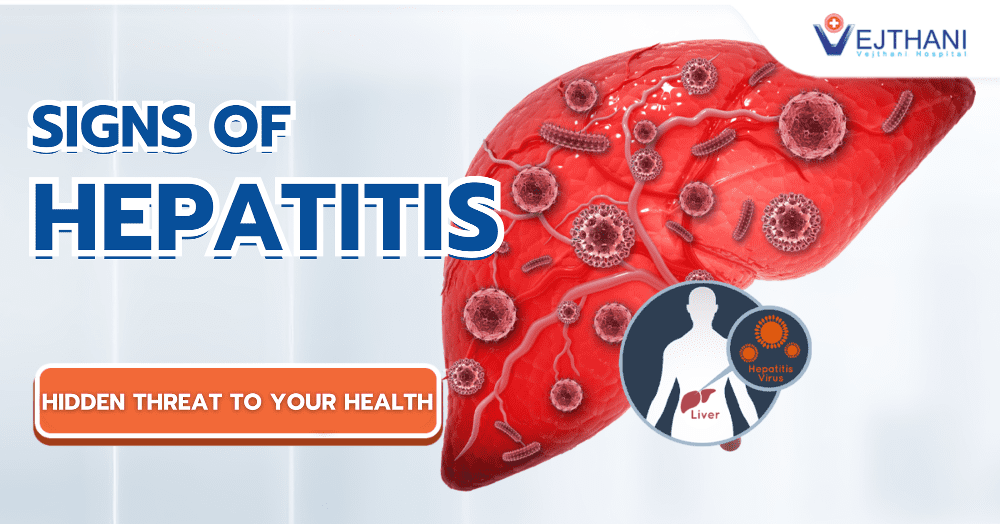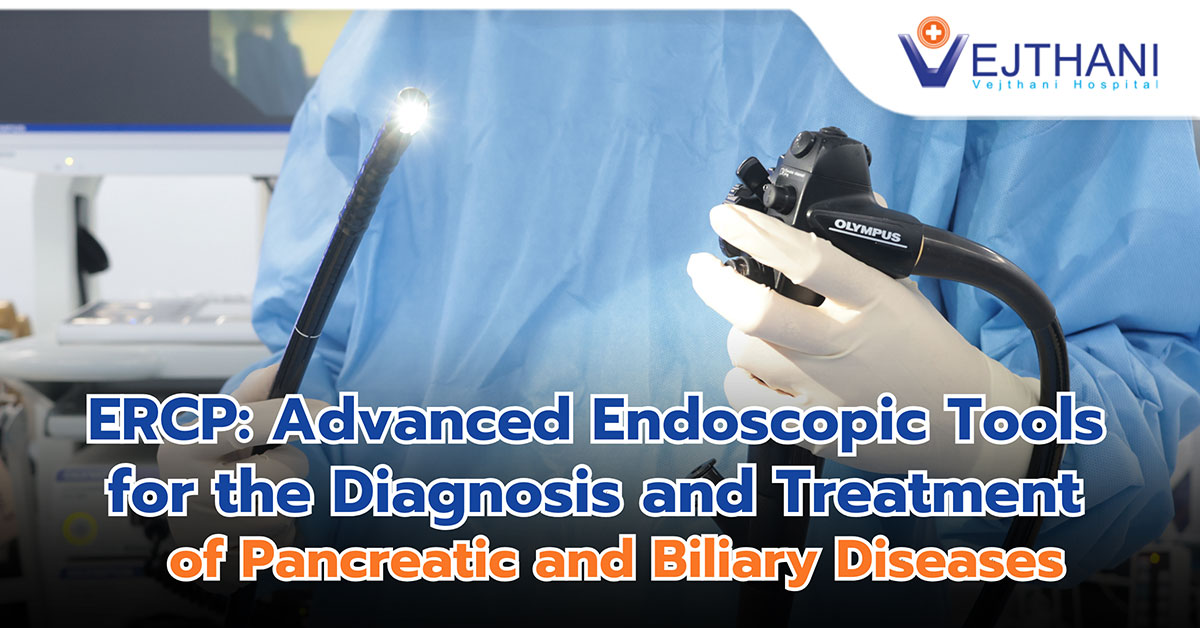
Defibrillation
Overview
Defibrillation, also known as electrical cardioversion, is a crucial treatment for life-threatening arrhythmias, and its effectiveness is highest when administered promptly upon the onset of an irregular heart rhythm. During defibrillation, an electrical charge is delivered to help restore a regular heart rhythm when an arrhythmia occurs in the heart’s lower chambers.
Defibrillation is particularly effective in addressing ventricular fibrillation and ventricular tachycardia without a pulse, both of which can be life-threatening.
In cases of cardiac arrest, defibrillation plays a vital role in attempting to restore a normal heart rhythm and potentially save a person’s life. However, it is important to note that defibrillation alone does not guarantee survival, as cardiac arrest remains a fatal event for many individuals. Survivors often require various forms of therapy and medical intervention to support their recovery.
Types
Personal defibrillators may be recommended for people with severe arrhythmia. The shocks from defibrillators can vary, ranging from a sensation without pain to a pain like someone has forcefully kicked their chest.
Individuals who are at risk of developing a dangerous arrhythmia may employ:
- Vest-like wearable cardioverter defibrillator: Sensors in this device can identify abnormal heart rhythms and administer a shock as necessary. This is designed like a vest and is worn beneath clothing with sensors in direct contact with the skin.
- Implantable cardioverter defibrillator (ICD): While it shares similarities with a pacemaker in maintaining a regular heartbeat, a defibrillator possesses the additional capability to deliver a shock to the heart upon detecting a potentially fatal rhythm. The device is surgically positioned beneath the skin and is linked to the heart through slender wires or leads.
Reasons for undergoing the procedure
Defibrillation is a crucial intervention for specific heart conditions, including ventricular tachycardia characterized by a rapid heartbeat without a pulse. It is also highly effective for ventricular fibrillation, a condition marked by the quivering of the heart muscle, frequently leading to sudden cardiac arrest.
People at a heightened risk of a potentially fatal heart rhythm should carry a personal defibrillator at all times for immediate intervention. If they are in a hospital or a location equipped with an automated external defibrillator, assistance is readily available to them.
Risks
Defibrillation is a targeted intervention reserved for specific cardiac emergencies, particularly those characterized by ventricular tachycardia (with no pulse) or ventricular fibrillation. It’s important to emphasize that improper execution or misuse of defibrillation has the potential to trigger ventricular fibrillation and subsequently lead to cardiac arrest.
Before the procedure
In emergency situations, CPR should be continuously administered until a defibrillator is prepared and energized. Prior to delivering the shock, it is crucial to ensure that no one is in contact with the individual undergoing the procedure or their bed.
Airports and other public locations often have automated external defibrillators (AEDs), which can assess the rhythm of the heart and determine whether an arrhythmia requires a shock. The AED automatically charges itself and provides spoken instructions on how to use it.
During the procedure
A first responder or healthcare provider will continue administering CPR until a defibrillator is prepared and fully charged. The healthcare provider will take the following steps:
- Attach two sticky pads or defibrillator paddles to the chest, connected to the device. The pads include conductive materials to prevent burns. Before applying the paddles, a conducting substance is spread on the chest. One paddle or pad should be positioned beneath your right shoulder, while the other should be placed below your left nipple.
- For handheld paddles, simultaneously press the button on each paddle. To deliver the shock through sticky pads, press a button on the device.
After the procedure
The healthcare provider will perform CPR once more for a duration of two minutes and check for the presence of a pulse and examine whether your heart rhythm is normal. Additional rounds of CPR and electrical shock may be administered when necessary.
If the initial attempt at defibrillation fails, drugs like amiodarone or adrenaline may be used. If there is blood circulation but the patient is still unresponsive, a cooling procedure may be performed. This involve dropping the body temperature to between 32 and 36 degrees Celsius. After the condition stabilizes, cardiac catheterization may be performed.
Outcome
Administering defibrillation within the first 10 minutes of experiencing ventricular fibrillation can indeed be a life-saving intervention. However, for many survivors of cardiac arrest and defibrillation, the road to recovery can be lengthy, spanning months or even years. Depending on their specific needs, rehabilitation may encompass various forms of therapy, including occupational, physical, or speech therapy.
It’s noteworthy that up to 40% of cardiac arrest survivors may contend with some degree of disability that impedes their return to their usual daily activities. Many survivors grapple with fatigue as well. The recovery process may entail addressing issues such as rib fractures resulting from CPR and managing complications like seizures or walking problems.




















